The Rowman & Littlefield Guide to Writing with Sources
The Rowman & Littlefield Guide to Writing with Sources
Fourth Edition
James P. Davis
Rowman & Littlefield Publishers, Inc.
Lanham Boulder New York Toronto Plymouth, UK
Published by Rowman & Littlefield Publishers, Inc.
A wholly owned subsidiary of The Rowman & Littlefield Publishing Group, Inc.
4501 Forbes Boulevard, Suite 200, Lanham, Maryland 20706
http://www.rowmanlittlefield.com
Estover Road, Plymouth PL6 7PY, United Kingdom
Copyright 2012 by Rowman & Littlefield Publishers, Inc.
The lines from "Diving into the Wreck". Copyright 2002 by Adrienne Rich. Copyright 1973 by W. W. Norton & Company, Inc, from THE FACT OF A DOORFRAME: SELECTED POEMS 1950-2001 by Adrienne Rich. Used by permission of the author and W. W. Norton & Company, Inc.
All rights reserved . No part of this book may be reproduced in any form or by any electronic or mechanical means, including information storage and retrieval systems, without written permission from the publisher, except by a reviewer who may quote passages in a review.
British Library Cataloguing in Publication Information Available
Library of Congress Cataloging-in-Publication Data
Davis, James P., 1954
The Rowman & Littlefield guide to writing with sources / James P.
Davis. 4th ed.
p. cm.
Includes bibliographical references and index.
ISBN 978-1-4422-0569-7 (pbk. : alk. paper) ISBN 978-1-4422-0570-3
(electronic)
1. English languageRhetoricHandbooks, manuals, etc. 2. Research
MethodologyHandbooks, manuals, etc. 3. Report writingHandbooks,
manuals, etc. I. Title.
PE1478.D37 2012
808'.0042072dc23
2011042196
 The paper used in this publication meets the minimum requirements of American National Standard for Information SciencesPermanence of Paper for Printed Library Materials, ANSI/NISO Z39.48-1992.
The paper used in this publication meets the minimum requirements of American National Standard for Information SciencesPermanence of Paper for Printed Library Materials, ANSI/NISO Z39.48-1992.
Printed in the United States of America.
For R. Baird Shuman,
for whom kindness, integrity, and teaching have always been synonyms
A Note on the New Edition
The first editions of The Rowman and Littlefield Guide to Writing with Sources emphasized the persuasive power, authority, and confidence that writers gain by learning to place their ideas into written dialogue with published information and opinions. Those editions focused on choosing, assessing, integrating, and citing that material with clarity, efficiency, and grace as indispensable skills for a writer of nonfiction. Im preserving both that emphasis and what Im hoping is an optimistic tone in this fourth version of the book. Reading criticallybeing alert to relationships among ideas and authors positions and alert to how other authors use and present informationdoes not merely give one the substance for an essay and connect ones text to the actual world. And learning to use such material responsibly and to cite it clearly is not merely a matter of pleasing teachers and editors, who are ever more alert to the ethical and legal consequences of plagiarism. Approaching published and electronic sources of information with a mix of enthusiasm, mature skepticism, and confidence enables writers to discover and refine their own ideas and to express them with an emphatic and vigorous voice.
For this edition, I am indebted to James Weaver, whose sharp editorial eye spared me much embarrassment.
The Challenges of Academic Writing in the Age of Misinformation
The purpose of this book is to enable you to write with confidence and authority so that your readers will trust what you say and value your viewpoint. As sources of information multiply and compete for attention, and as readers grow increasingly skeptical of such information, you need to earn your readers attention as well as their trust. Busy and distracted people in a media-rich culture have little patience for sloppy work when deciding what to read. You can increase your chances of engaging them as readers if you demonstrate your care as a writer and show your awareness of their needs as readers, your knowledge of the topic, and your responsibility in using credible sources of information in reasonable ways. Finding credible sources might seem to be a difficult challenge at a time that has been called the Age of Misinformation (Stelter). Unfortunately, that label is more than an amusing reference to the more common phrase Information Age.
The problem is not that we are lacking reputable sources of information or that our interest in them is waning. According to Andrea Foster, by 2007, the Web had more than 100 million sites, and the number of online scholarly databases had grown to over 18,000. Students are drowning in information, Foster adds. Demand for nonfiction has never been greater. According to a researcher at the University of California, San Diego, we consume triple the amount of content that we consumed in 1980 (Falk). Nonfiction books and memoirs are enjoying robust sales. Nonfiction documentary films are getting widespread release at neighborhood cineplexes, and nothing boosts a movies popularity quite like the claim that it is based on a real story or inspired by real events. News programs are proliferating throughout network and cable television, and some of the most popular prime-time shows are reality based. The market reveals that the public has an appetite for truth, reality, nonfictionwhatever we choose to call it. Yet much of what passes for truth is clearly something elsedoublespeak, propaganda, plagiarism, advertising, public relations, fraud, or spin. These are times that require readers to be skeptical or, better yet, cautious and responsible.
The unreliability of much that passes for truth has itself become a major topic in the media. Pundits, talk-show hosts, journalists, and comedians regularly discuss and argue about news coverage. What gets discussed and how it is presented are themselves newsworthy and controversial subjects. While the discussion has the potential to encourage viewers and readers to be more thoughtful and critical about information, the dialogue about information sources has been subsumed into broader culture wars. CNNs weekly program Reliable Sources , a round-table discussion of the news media by print, broadcast, and online journalists, is matched by Fox News Channels Fox News Watch , which brings two conservatives and two liberals to a panel discussion of the weeks leading stories. Nonprofit media-watch organizations face off in accusations of bias on the right and on the left. Fairness and Accuracy in Reporting (FAIR) documents the medias neglect and misrepresentation of issues construed as liberal; the Media Research Center calls itself Americas Media Watchdog and alerts its members to what it presents as leftist bias in the products of the major news organizations.
Beyond issues of bias and slant, the debates increasingly concern disagreements about literal facts. In True Enough: Learning to Live in a Post-Fact Society , Farhad Manjoo examines what he calls the creeping partisanship that has begun to distort our very perceptions about what is real and what isnt: No longer are we merely holding opinions different from one another; were also holding different facts. Increasingly, our arguments arent over what we should be doingin the Iraq War, in the war on terrorism, on global warming, or about any number of controversial subjectsbut instead over what is happening (2). In his 2010 commencement speech, the president of Muhlenberg College, Peyton Helm, described the problem as one resulting from our la carte society: We each have our own playlists and our own headsets.... We need not watch anything were not interested in, nor listen to anything we disagree with, nor to anyone who might challenge our assumptions and make us think (On Compromise). The not-very-distinguished media debates about whether Saddam Hussein was involved in the attacks on 9/11, or if President Obama was born in the United States, or whether human activity has contributed to global climate changesuch politically charged issues illustrate well how facts can be hand-selected and even fabricated to further an agenda. If there is a consensus about civic issues and the media, it is that most of us use the media to find the set of facts that will confirm what we already believe to be true, to reinforce rather than overcome our prejudices.

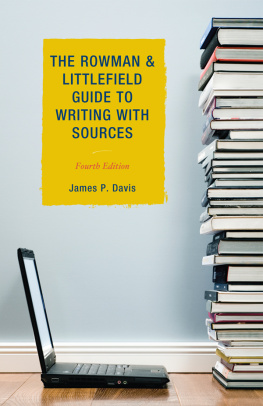
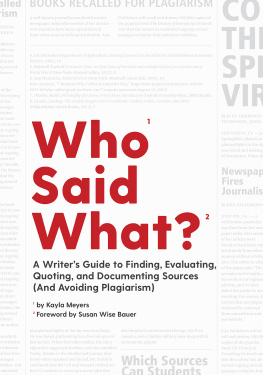


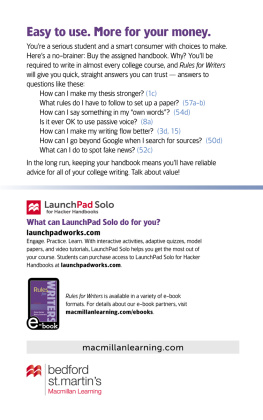
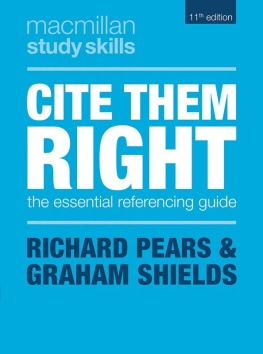
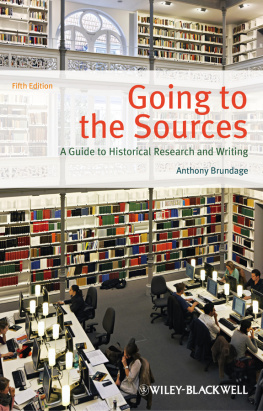
 The paper used in this publication meets the minimum requirements of American National Standard for Information SciencesPermanence of Paper for Printed Library Materials, ANSI/NISO Z39.48-1992.
The paper used in this publication meets the minimum requirements of American National Standard for Information SciencesPermanence of Paper for Printed Library Materials, ANSI/NISO Z39.48-1992.